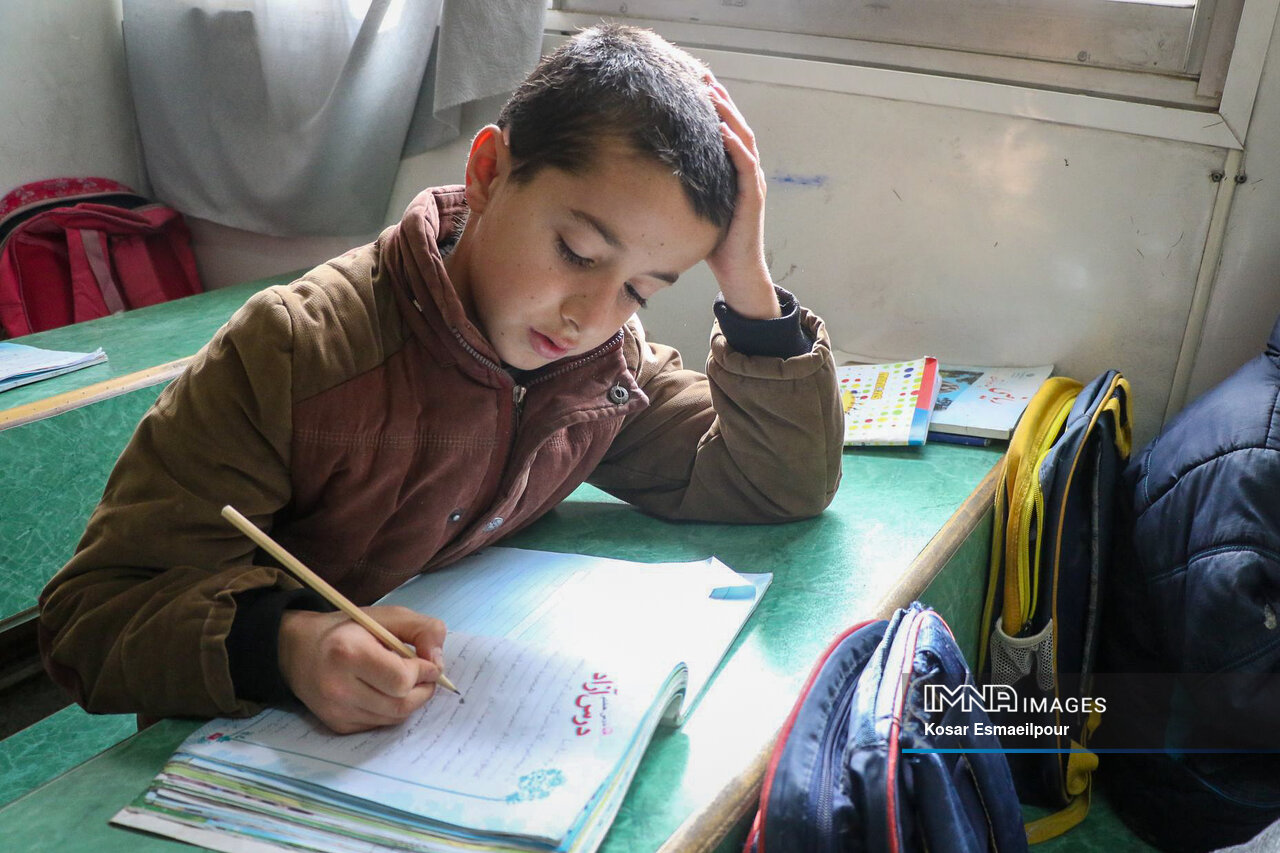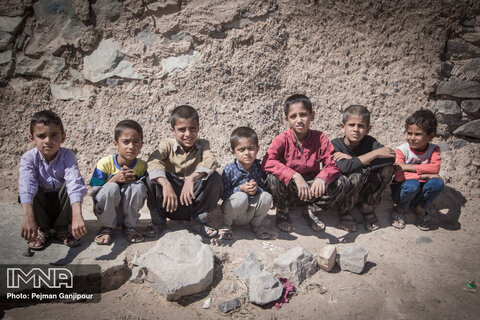Iran (IMNA) - In terms of education, we need to guarantee that every child—especially those who are struggling financially—has an equal opportunity to learn. According to the UN Convention on the Rights of the Child, every child has the right to free primary and secondary education as well as further education.
Encouraging peaceful communities, combating poverty, and ending child labor all depend on this right.
For youngsters struggling with poverty, education is a ray of hope that offers a transforming road out of its grasp. For these young people, education is more than simply a means of learning; it's a means of building hopes for a brighter future and boosting self-confidence.
Education empowers entire communities, sparking economic growth and communal development, thus the effects go beyond the individual. It is essential for enhancing health outcomes and ending the cycle of poverty even outside of the classroom.
While we prefer to believe that social status has little bearing on schooling in Iran, the reality for children from low-income families shows very differently.

Why is it that discussing socioeconomic class is somehow frowned upon in Iran?
A possible explanation might be the widespread impact of what Raewyn Connell refers to as the "Neoliberal Cascade," which views education as a commodity and markets it. The concepts of scarcity, access, competitiveness, and profit in the market drive initiatives to change education.
Growing levels of inequality are a result of neoliberal notions of individual freedom and autonomy as well as a strong faith in the power of the market to "fix" education and create social mobility.
The marketization of education has resulted in the "exacerbation of existing social divisions surrounding class and race," as Michael Apple argues in his book Educating the 'Right' Way.
While the poor continue to become poorer, the privileged become richer. The middle class, which has been the cornerstone of Iran’s success, is nevertheless under pressure to decline.
The expansion of private education is proof of the influence of free markets and neoliberal ideologies of competition and choice. However, these factors exacerbate the already imbalanced system.
Class is important
The concepts of race, gender, culture, language, and discourse are intimately associated with social class. All of them add to the broad array of subjectivities that young people create, engage with, and adopt. One important point of interaction where social and cultural reproduction and inequality occur is education.
The Gonski review classified socioeconomic status, indigeneity, English language proficiency, disability, and school separation as the primary aspects of disadvantage.
Children from low-income families are more likely to have poor levels of schooling attained. Numerous factors are affected by this, such as literacy and numeracy, criminal activity, economic engagement, and health. Functional illiteracy problems have important societal consequences that are intimately related.

Intersection of Social Class and Education
A solid educational background offers you many more opportunities than just good jobs. Building social and cultural capital is facilitated by education and is essential for leading a happy and fruitful life.
In the 2013 NAPLAN tests, pupils with parents in the highest occupation group (e.g., senior managers and qualified professionals) scored best, while children with jobless parents had the lowest mean results. Students do better when their parents have greater levels of education and jobs.
Students in the top socioeconomic quartile and those in the lowest showed a two-and-a-half year disparity in schooling based on their performance in the Program for International Student Assessment ( PISA).
A needs-based financing approach was suggested by the Gonski study as a way to address some of these equality concerns. The evaluation made it clear that financing should be used to make sure that:
- Disparities in money, income, influence, or belongings do not explain variations in educational achievements;
- All kids, irrespective of their circumstances or background, have access to an excellent education.
The problem of educational inequality cannot be solved just by increasing school financing. Involvement of parents and the community, early intervention, and adaptable application of contextually appropriate measures are also necessary.
It's crucial to support children’s involvement in learning in a way that respects their prior background.


Your Comment